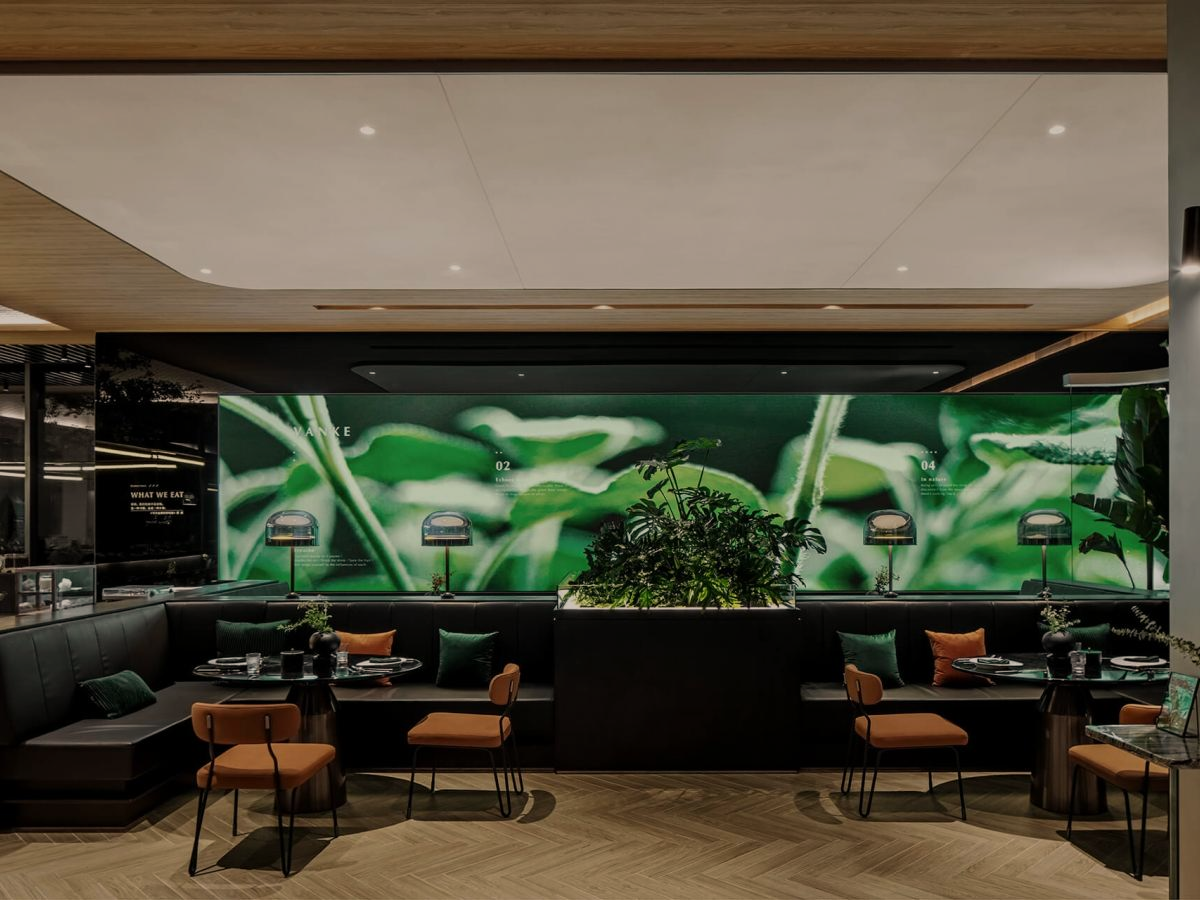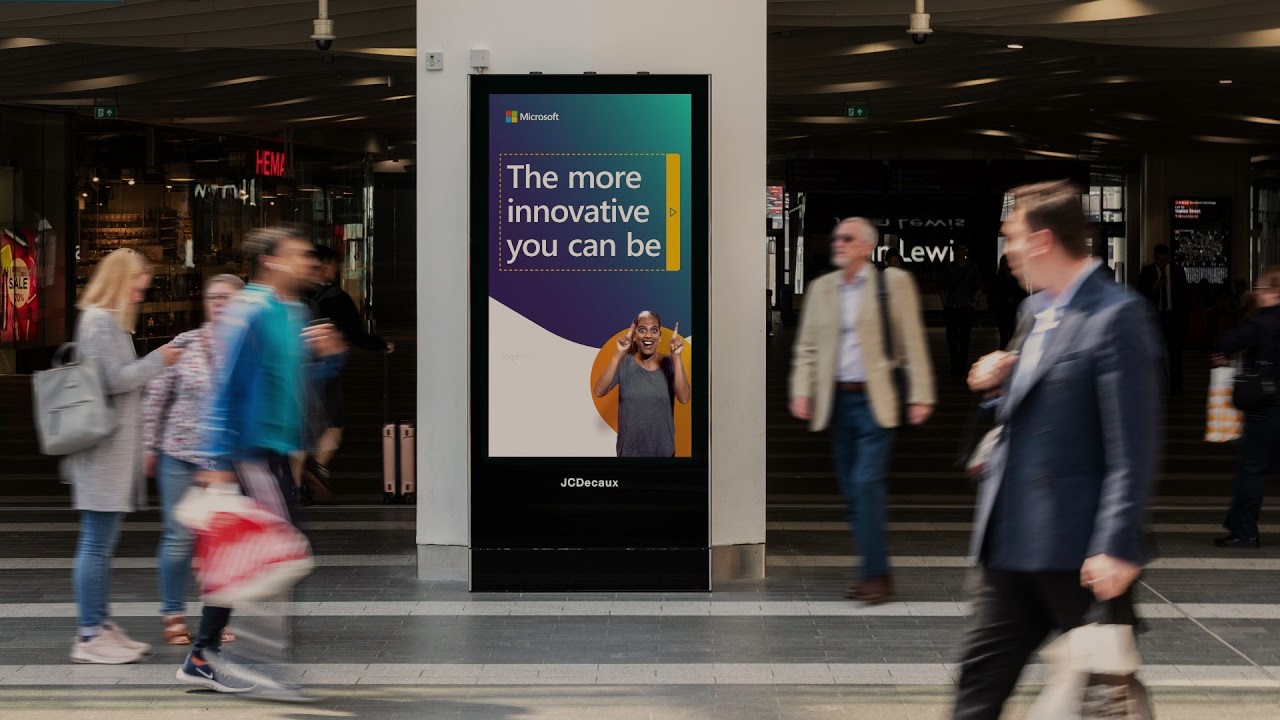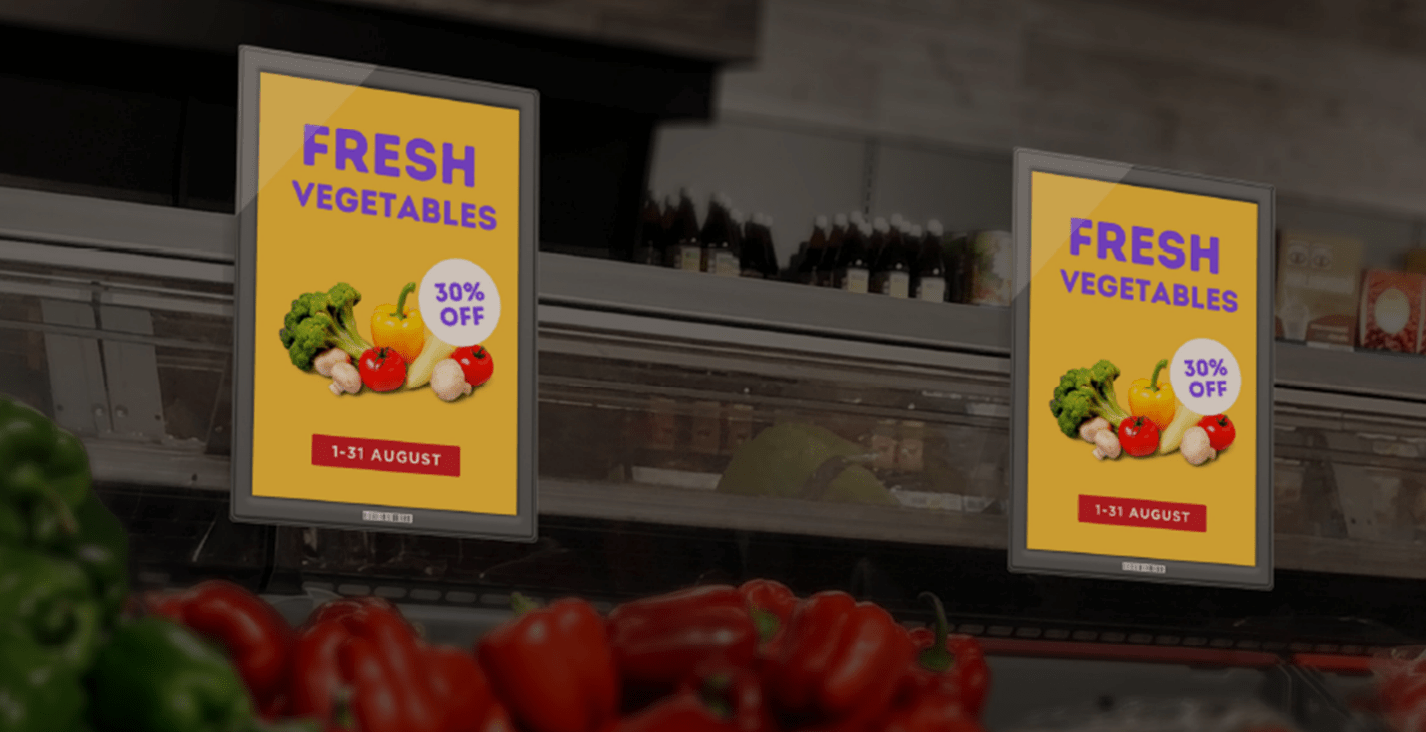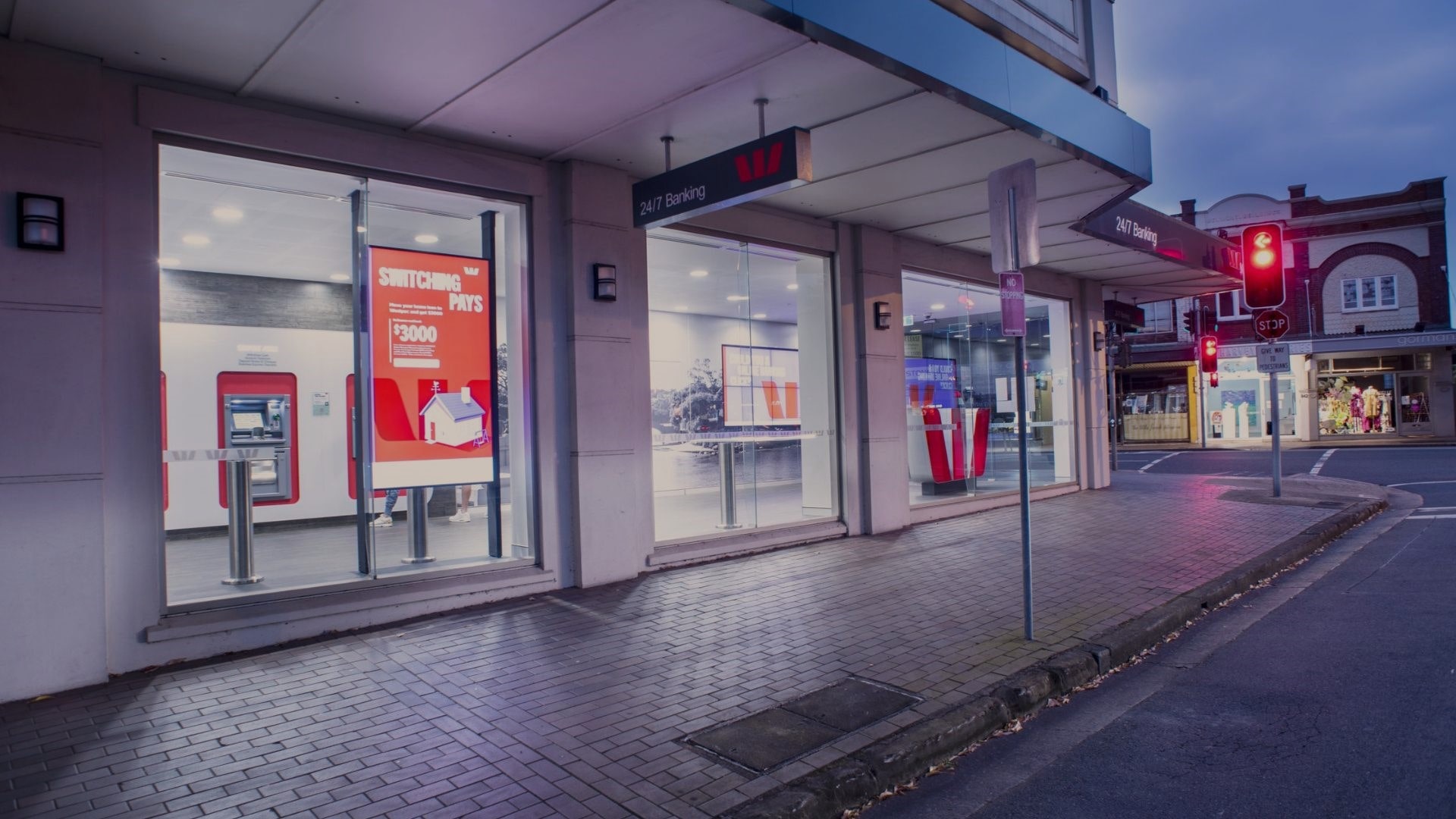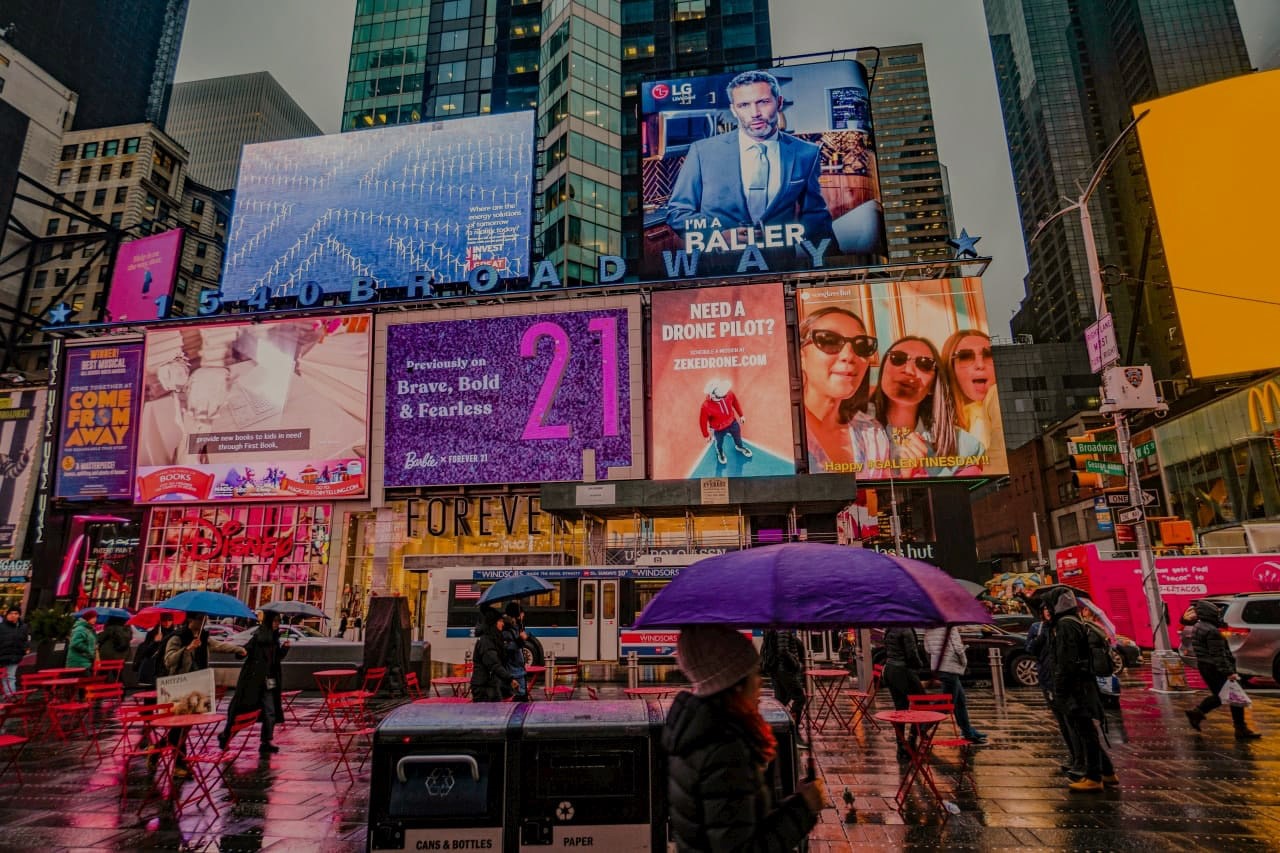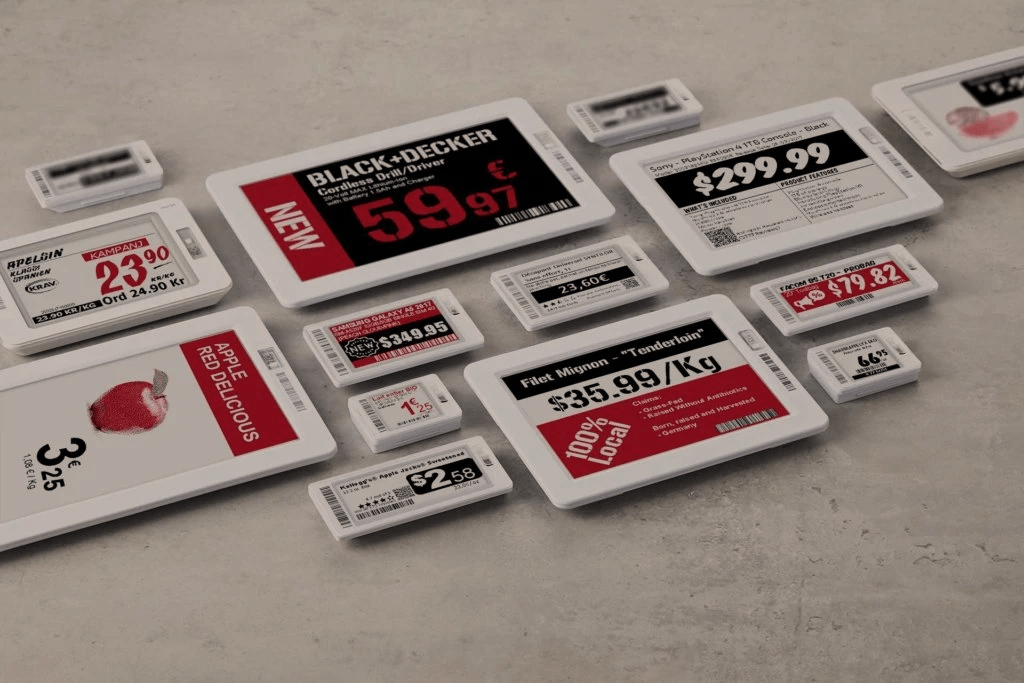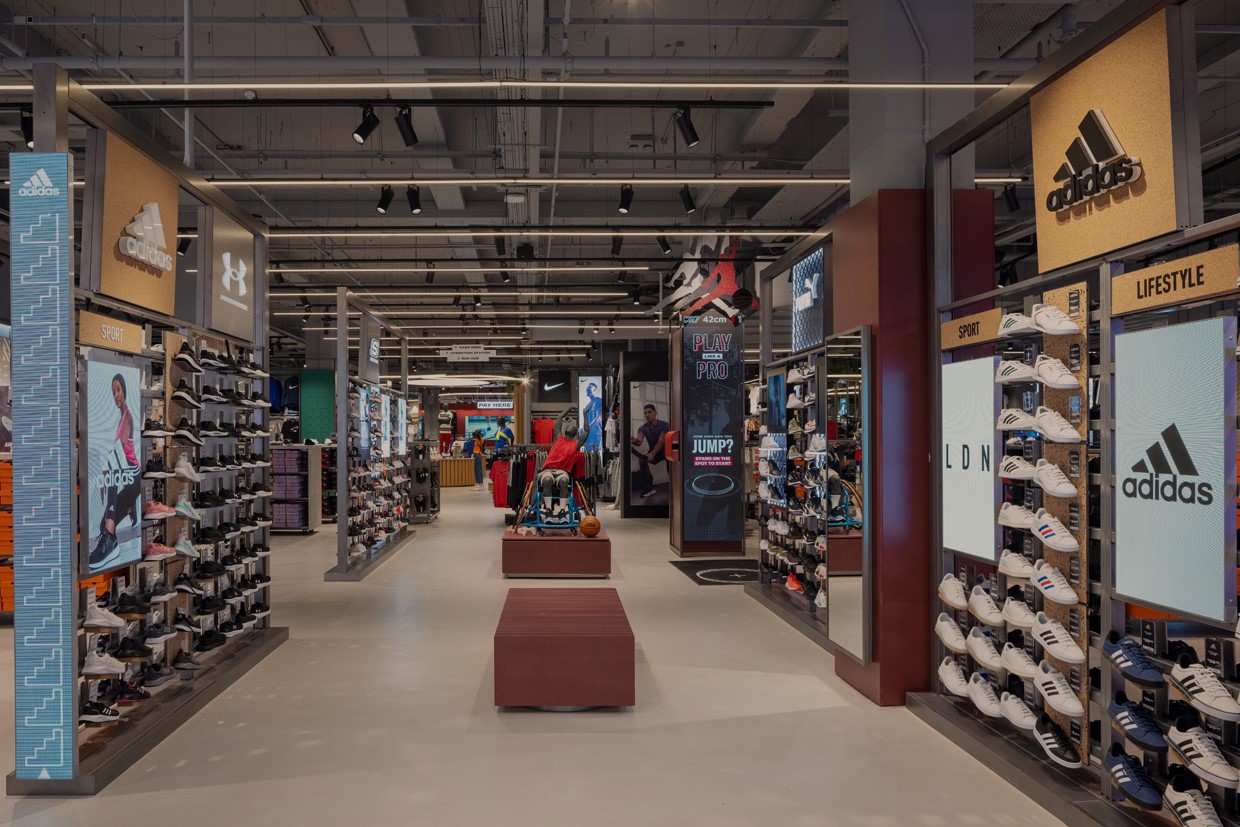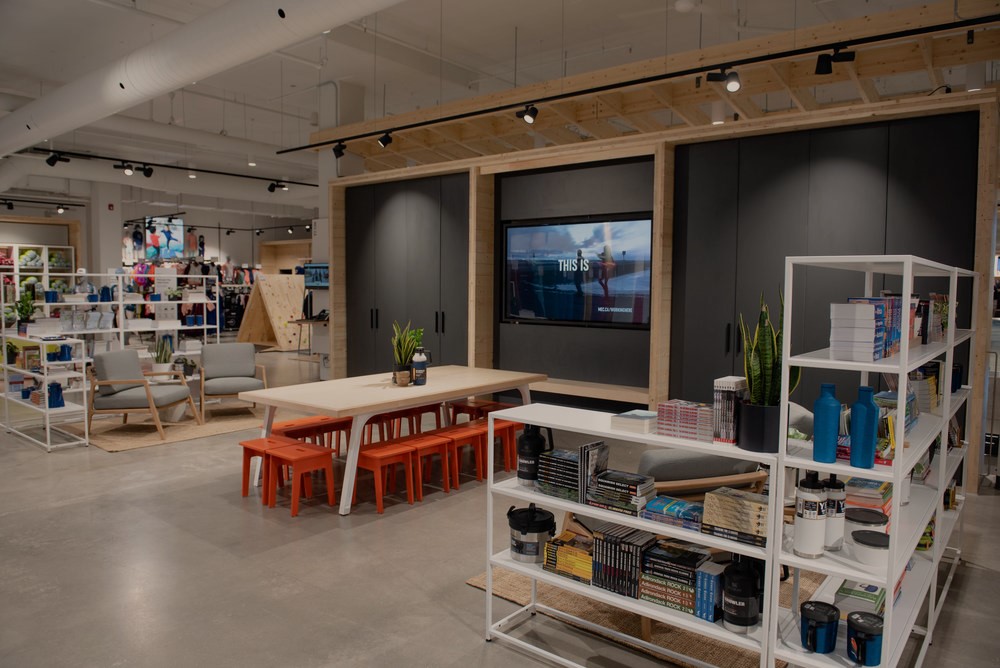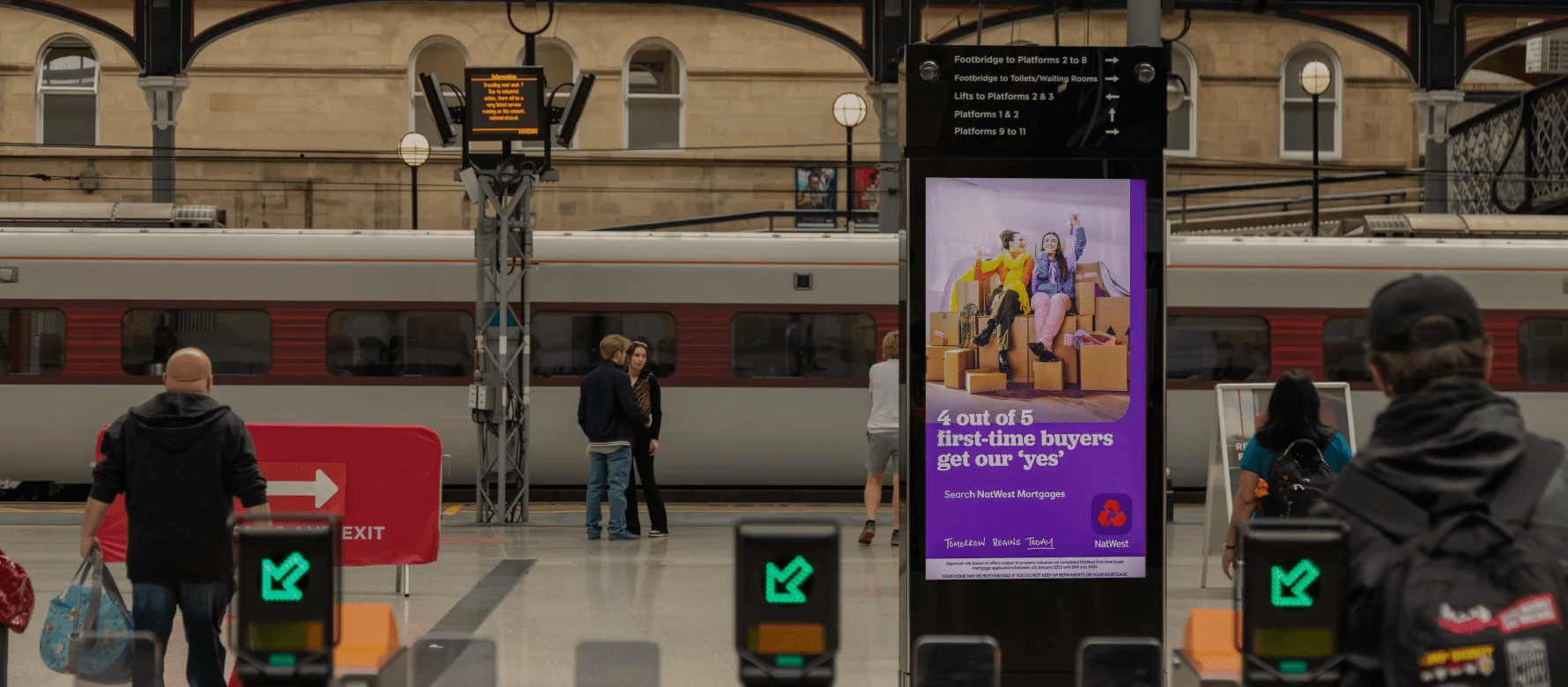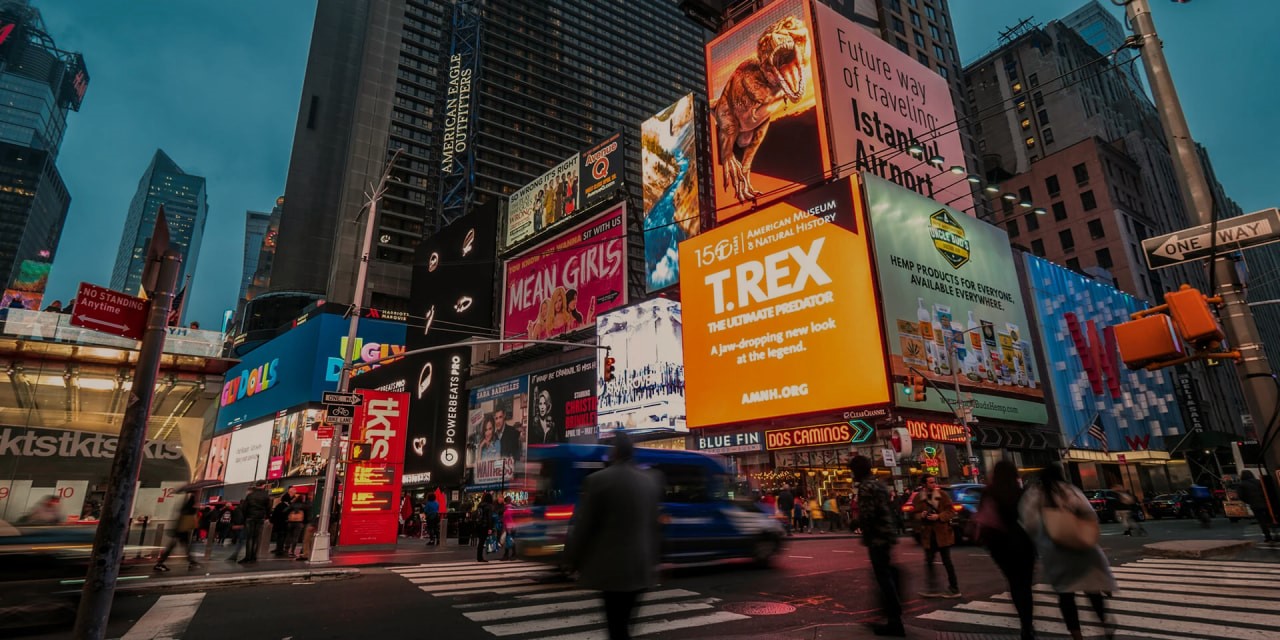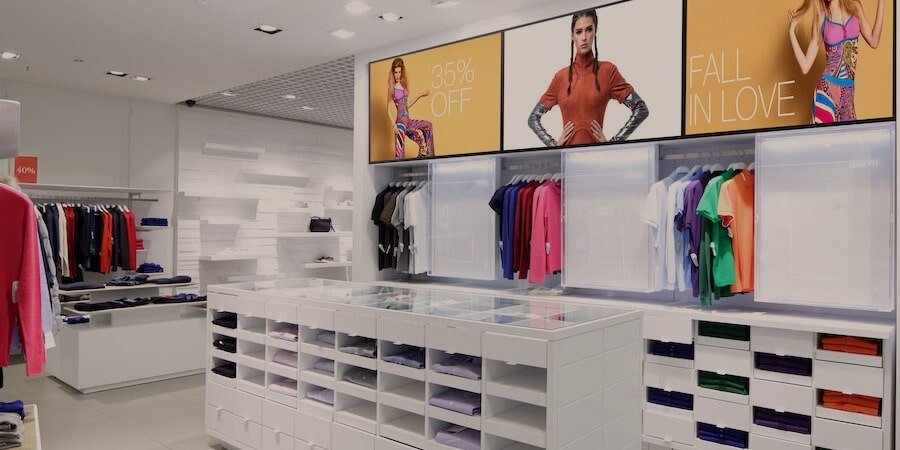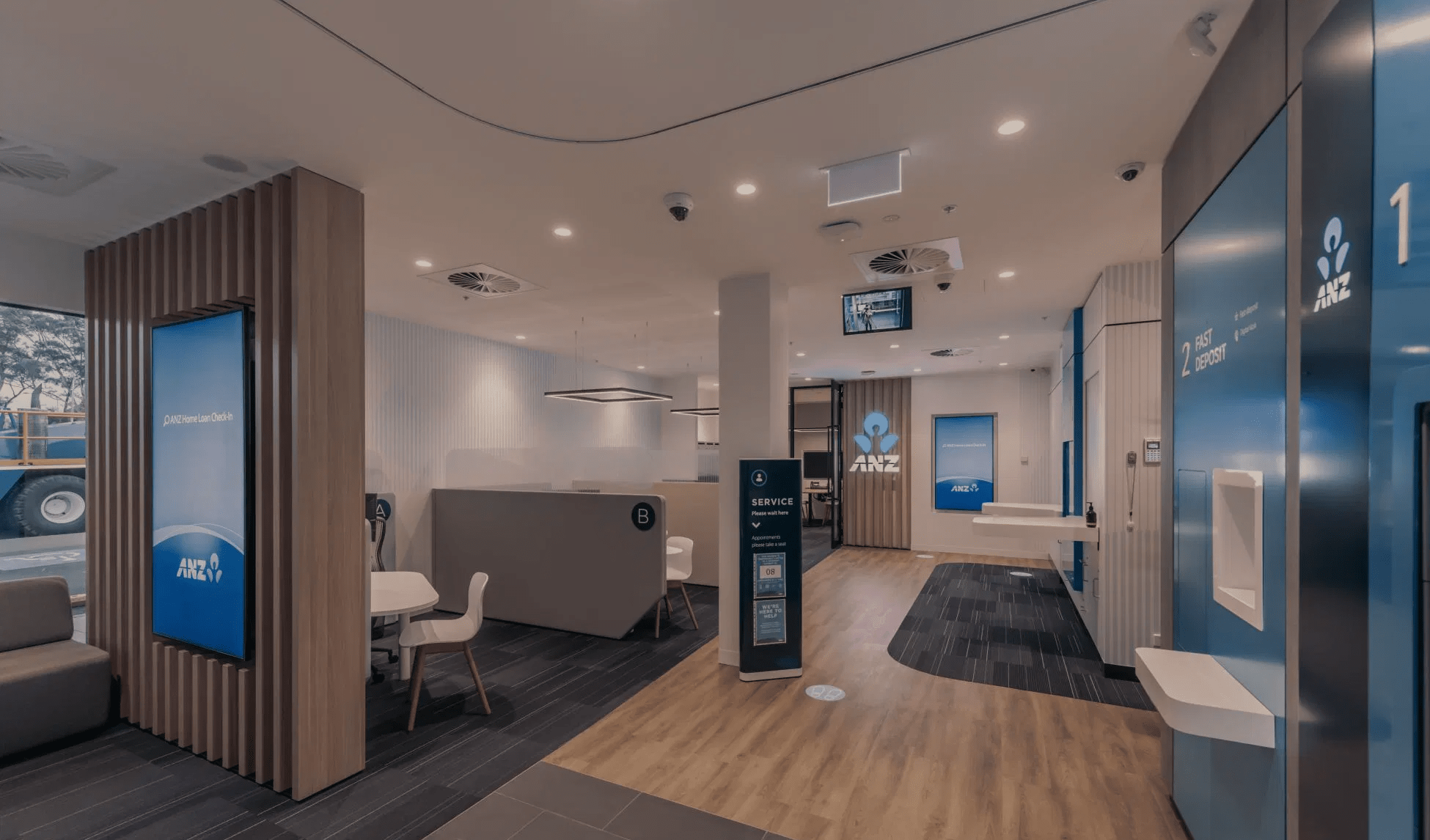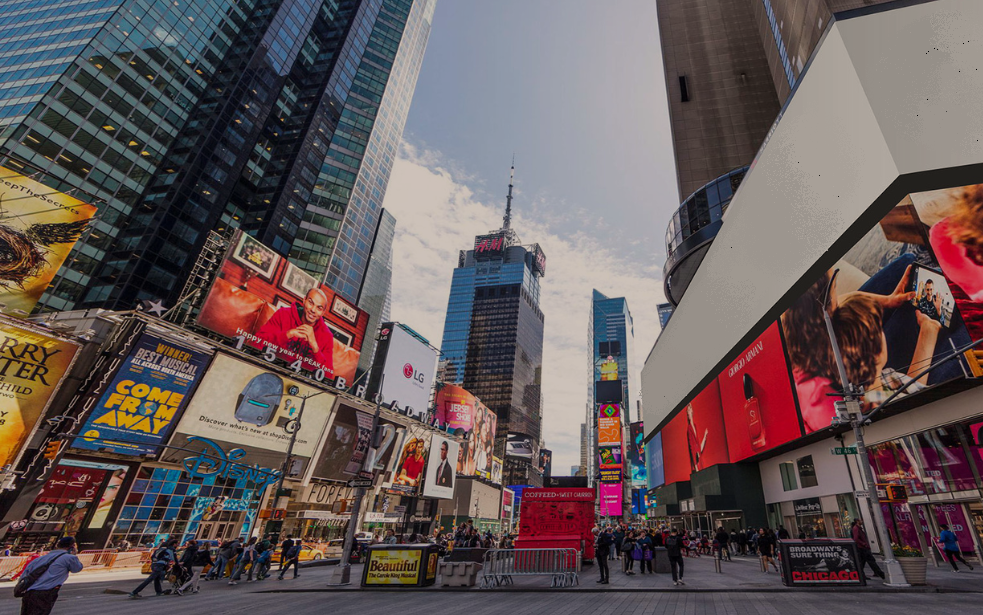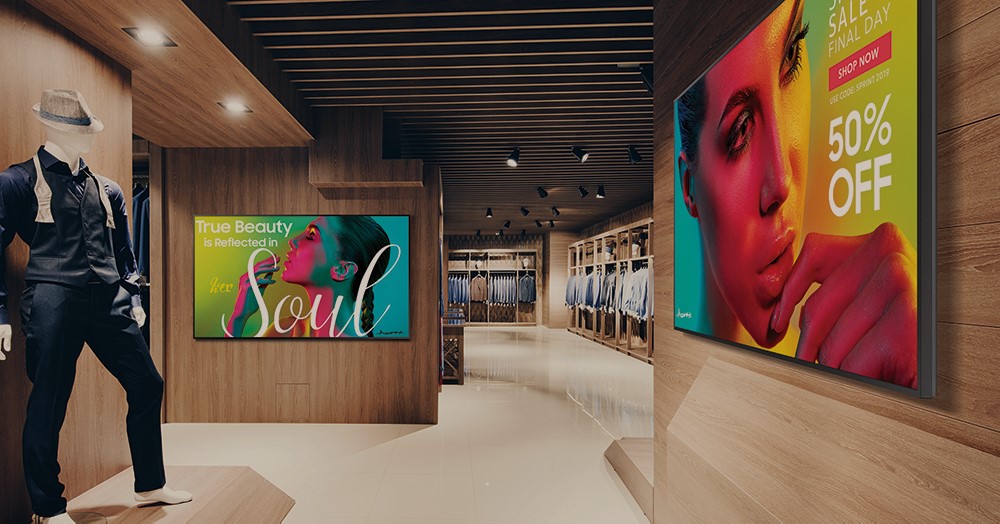DOOH – eco-advertising is supported by over 80% of companies
DOOH: Despite the clear advantages of advertisers often do not consider the "ECO" factor when choosing a media channel.
DOOH advertising, especially digital, offers an environmentally friendly and efficient way to attract the audience’s attention, while participating in social and environmental initiatives, which adds to its loyalty among advertising consumers.
A study by Kinetic – The Importance of Ecology for Consumers and Brands, conducted in March 2023, shows that there is a great need for solutions that do not harm the environment. 53% of consumers make efforts to live more ecologically, 71% believe that brands have the opportunity to positively influence changes in this matter. From a marketing perspective, two strategies are usually involved. One is aimed at consumer messaging, telling about the brand’s reputation for ecology. The other approach is reallocating budget from less eco-friendly media channels.
However, despite the fact that over 80% of companies plan to increase their investments in environmentally oriented development – DOOH, this goal is being implemented very slowly in some countries of the world. Especially this concerns old Europe, except for the United Kingdom – which is a leader in the implementation of outdoor digital advertising.
In addition to digital equipment, one of the key elements that helps DOOH to be an eco-friendly advertising format is video content management software. It allows centralized management and updating of advertising materials on all network screens and saves electricity, thanks to screen brightness adjustment functions. This allows advertisers to quickly change content depending on needs and current events, and the inventory owner does not spend extra money on electricity.
DOOH is used to place video advertisements on large screens that attract the attention of pedestrians and drivers. This allows brands to gain more attention for their products and services, ensuring high advertising campaign efficiency.
Digital out of home networks are used to place advertisements on multiple screens simultaneously, achieving maximum audience coverage. This makes DOOH one of the most effective advertising methods, providing a large number of contacts with the target audience.
DOOH display solutions provide comprehensive solutions for placing advertisements on streets and in public places. These solutions include screen installation, video content management software, as well as support and maintenance.
DOOH advertising allows brands to achieve greater visibility and impact on their audience, ensuring high advertising campaign efficiency. This enables companies to attract new customers and grow their business.
A centralized video and audio management system allows advertisers to efficiently manage content on all DOOH network screens, ensuring its relevance and alignment with audience needs.
Free screen software, display software, and screen software are important components of DOOH that allow advertisers to effectively manage and update content on their screens without additional costs.
Content management software (CMS) for video management allows centralized management of advertising materials on all network screens. It enables quick content changes according to needs and current events.
DOOH networks impress with their scale and coverage. Placing advertisements on multiple screens simultaneously ensures a large number of contacts with the target audience. This makes DOOH one of the most effective advertising methods.
Digital out of home display solutions are comprehensive solutions for placing advertisements on streets and in public places. These solutions include screen installation, video content management software, and support.
A centralized video and audio management system is a key tool in advertising through DOOH. It allows for efficient content management and ensures its relevance.
Free screen software, display software, and screen software are important components of DOOH that make advertising more accessible and effective.
Using DOOH for advertising is not only a way to attract audience attention but also an excellent opportunity to increase the efficiency of marketing campaigns and boost sales. I believe that this technology has great potential for further development and use in various business sectors.
Why do some marketers not pay serious attention to the environmental aspect when choosing media?
Research conducted by the Sky Zero Footprint Fund in 2023 showed that three out of five consumers are strongly influenced by the environmental aspect of advertising and that it shapes their brand choice. The research also shows that the impact of such advertising is stronger on younger audiences.
However, when it comes to choosing media channels, research by JCDecaux shows that environmental friendliness is almost not considered by marketers when it comes to factors influencing brand media channel choice.
Considering the definition of ESG (Environmental, Social, Governance) as a business development model, I believe there is insufficient awareness of how environmentally friendly Out Of Home (OOH) advertising activity is, as well as how important the return on outdoor advertising is. According to PwC estimates, 40% of every pound spent on outdoor advertising returns to society, and based on our estimates, this figure approaches 50%.
Of course, other media also contribute. Advertising on television and in the press funds independent journalism news, television programs, and high-quality journalism, while cinema advertising funds film production.
OOH is in a unique position: outdoor advertising is a public medium, but few understand that it also funds various services for people. For example, OOH media owners pay for the design, installation, and maintenance of a large number of bus stops in the UK, finance free Wi-Fi in city centers, and provide the operation of life-saving defibrillators installed on street furniture across the UK, all without burdening local taxpayers.
The latest Outsmart data indicates that the growth of OOH is currently supported by the growth of the DOOH segment. However, few are aware that the energy consumption of OOH advertising is negligible: it accounts for less than 0.04% of the total energy expenditure, and with a relatively small number of screens, it effectively reaches a million-strong audience.
Innovations in targeting within the realm of DOOH (Digital Out Of Home) advertising have been revolutionizing the industry, offering advertisers unprecedented opportunities to reach their desired audiences with precision and efficiency. One such innovation involves the integration of advanced data analytics and artificial intelligence (AI) algorithms into DOOH networks.
By leveraging sophisticated data analytics, advertisers can now gather insights into audience demographics, behavior patterns, and preferences. This data allows for the creation of highly targeted and personalized advertising campaigns that resonate with specific audience segments. For example, AI algorithms can analyze real-time data streams, such as location-based information and audience engagement metrics, to dynamically adjust advertising content based on the demographics and interests of passersby.
Moreover, the emergence of programmatic buying platforms in the DOOH ecosystem has further enhanced targeting capabilities. These platforms enable advertisers to automate the process of buying and optimizing ad placements in real-time, based on predefined targeting criteria. By integrating programmatic technologies with DOOH networks, advertisers can efficiently target their ads to specific audiences, optimize campaign performance, and maximize return on investment.
Another innovative approach to targeting in DOOH involves the use of contextual and environmental data. By analyzing contextual factors such as weather conditions, time of day, and local events, advertisers can tailor their messages to better align with the surrounding environment and capture the attention of viewers. For instance, a coffee brand may choose to display ads for hot beverages during cold weather conditions or promote outdoor activities during sunny days.
Overall, innovations in targeting within the DOOH landscape are empowering advertisers to deliver more relevant and engaging experiences to their audiences while maximizing the impact of their advertising campaigns. As technology continues to evolve, we can expect further advancements in targeting capabilities, enabling advertisers to stay ahead of the curve and achieve their marketing objectives with precision and effectiveness.
Advision is used for DOOH advertising networks, digital audio-visual projects for points of sale (retail), in the fast food industry for digital menus and corporate TV in offices, or medical and educational institutions. It is possible to develop software functions to implement the client’s business processes.
Contact us, and we will help you implement the most modern technologies to solve your problems!
Share the news

















